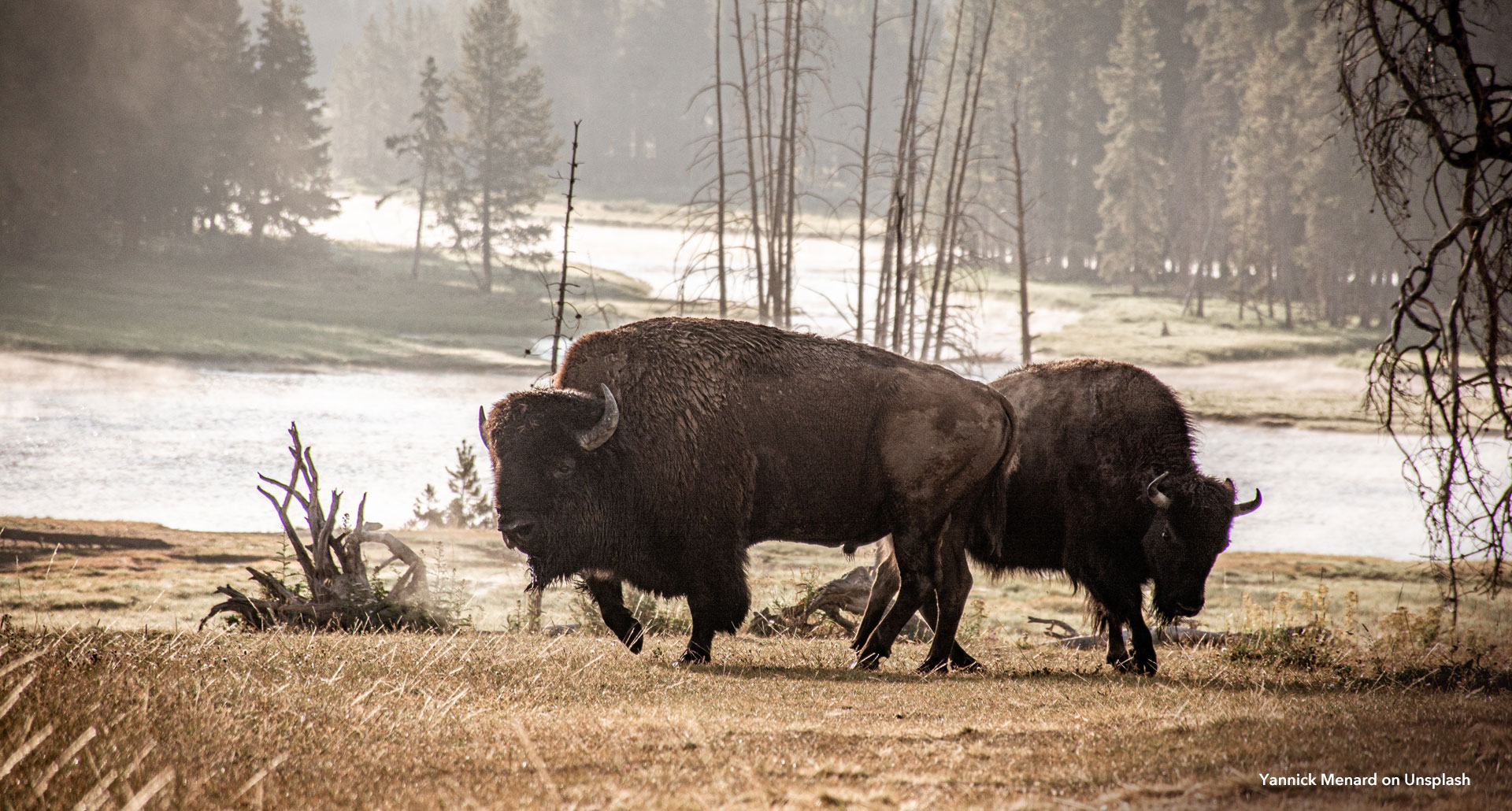One of the most talked-about trends in travel today is how the pursuit of beauty, or, more baldly, the pursuit of social media cachet, might be destroying the world’s most amazing places.
Ever since the invention of the camera, people have enjoyed taking photographs. Lots of them. That’s nothing new. But where, in the past, you had to work really hard to find an audience willing to look at your vacation photos, now, in the age of social media, the audience is virtually everywhere. The photograph is no longer just a personal memento, it is also a product to be shared with and immediately validated by the masses.
For many, the urge to take the perfect photo can be overpowering — it can literally be the deciding factor between whether or not to stop at an attraction, or whether to even find it enjoyable. The photo of the attraction becomes as important as the attraction itself.
It’s an obsession. It’s an addiction. It’s changing the way people travel, and the change isn’t always harmless.

When the Crowds Come to Matera
Let’s take a step back.
After the ancient Italian city of Matera was named one of two European Capitals of Culture for 2019, an honor that comes with a guaranteed influx of travelers for events and workshops, the president of the town’s organizing committee told the New York Times, “I will be brutal: We do not want tourists.”
Because to some, “tourists” means a flood of careless voyeurs swinging selfie sticks and wreaking havoc in pursuit of shallow experiences. As Matera’s Salvatore Adduce put it, “It should not be, ‘Let’s see a church and eat pasta and try those crunchy red peppers and leave a few pieces of plastic behind.’”
Matera proposed something of an alternative, selling year-long passes to their events, hoping to attract more responsible, more-invested visitors, the type who would engage in a dialogue with the city. These visitors are, to Mr. Adduce, “temporary cultural inhabitants” having “an experience that will change their lives.”
It’s something of an ideal, and perhaps we should all aspire to it. But when it comes to unthinking tourist zombies overrunning a place, there’s likely no end in sight. In fact, the problem only seems to get worse with every year, with one factor seemingly always right at the heart of the matter:
Social media.

The Dangers of the Geotag
In 2018, the travel and tourism board of Jackson Hole, Wyoming launched a campaign: stop geo-tagging your photos.
A geotag pinpoints a location. So when influencers — any social media user with a large following — started posting from a once-obscure spot in the Grand Tetons, called Delta Lake, and adding geotags, they were essentially including a treasure map. Their followers followed, and suddenly a backcountry gem became a must-see attraction.
Besides an increase of injuries on the makeshift trail and hard-to-quantify effects on the landscape, some lamented the sheer transformation of a fortress of solitude into a hotspot of Instagrammers, many using the lake as nothing more than a picturesque greenscreen to sell their products.
And so a campaign was born, its aim to beg the public to stop identifying the gorgeous places they find. And to keep the hidden gems hidden. Because too many people ruin a place.
As one ad put it: “Tag locations responsibly. Keep Jackson Hole Wild.”

The Shallow Culture of Instagram Travel
Tourist traps aren’t new — but places that were once shielded from crowds by distance or sheer obscurity can now be discovered in an instant. And besides the overwhelming numbers, the new travelers aren’t always doing their research.
In California, a “super bloom” (exactly what it sounds like: a super duper bloom of wildflowers) attracted thousands of tourists around the state this past spring.
With them came reports of overwhelming traffic and trampled plant life, spurred by pursuit of the perfect photos. Local reports cited one mayor’s acknowledgement that “social media buzz” had brought attention to the phenomenon that “no one could have anticipated,” as residents raged over the inconsiderate onslaught.

The incident might be the perfect illustration of what happens when ill-prepared Instagram photographers descend on a natural wonder without proper respect for their environment. As surely as pollution, destruction, and traffic, it also comes with backlash. This is the internet, after all.
One Instagram account, Public Lands Hate You, began reposting particularly egregious instances of Instagrammers acting irresponsibly, the curator using vigilante justice — by way of public shaming — to push back against a “marked increase of disrespect towards the land.” In an interview with Jezebel, the curator of the account explained their intention:
“I came to the realization that this is part of the problem; so many of these public lands now, people see pictures of them and they want to go. And they might not have the background to know how to go to that area and treat it with respect.”

Death By Selfie
If there’s any jarring statistic that bolds and underlines the need for more mindful travelers, it’s the rise in selfie deaths. According to one study, selfies killed no fewer than 259 people between 2011 and 2017.
One high profile story had an American tourist plummeting to his death while taking cliff-selfies in Australia. In another, a man attempting to get the perfect shot at the Running of the Bulls in Pamplona was gored to death after leaving the protected area. And at one point in 2016, the hashtag #BisonSelfie trended so much it made the papers — the implications of which should be more than obvious.
As of May, every month in 2019 had seen someone seriously hurt or killed in pursuit of a selfie.

According to USA Today, “the U.S. Forest Service now warns against bear selfies or photos with wild bears in the background” and “Yellowstone has created a list of places not to take selfies, such as next to a geyser or on the edge of a canyon.”
Even a place as seemingly inaccessible for casual travelers as Everest is not immune to the trend. In a high profile and tragic story from Nepal, a “surge of inexperienced climbers” led to arguably preventable deaths as lines to the summit caused delays and climbers ran out of oxygen. As one reporter wrote: “Veteran mountaineers who recently summited described a ‘Lord of the Flies’ atmosphere with mobs of people in huge down jackets precariously perched at the top, pushing and shoving to take selfies.”

Do the Right Thing
That not even Everest is safe from the hordes gives more credence than ever to what Mr. Adduce of Matera meant when he eschewed typical tourists in favor of those seeking a more significant connection on their travels. It’s important to consider what you hope to get out of an experience, and to reevaluate your goals if your only answer is the validation that comes from a nice picture. But even if that is your priority, there are responsible ways to go about it.
In their social media guidelines, wilderness nonprofit Leave No Trace implores travelers to consider the full consequences of their actions. They list rules like “think before you geotag,” and they encourage influencers to be mindful of their message. They also suggest a directive that seems to have nothing to do with social media at all: “Give back to the places you love.” Invest your time, volunteer, get involved.
And if you find yourself in a place of unspoiled beauty, be smart, and always do the right thing.
